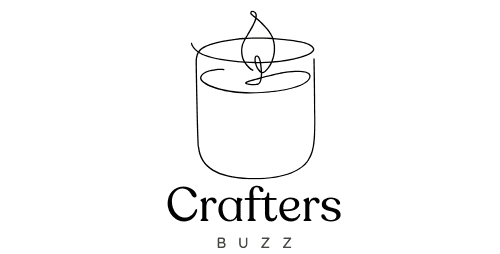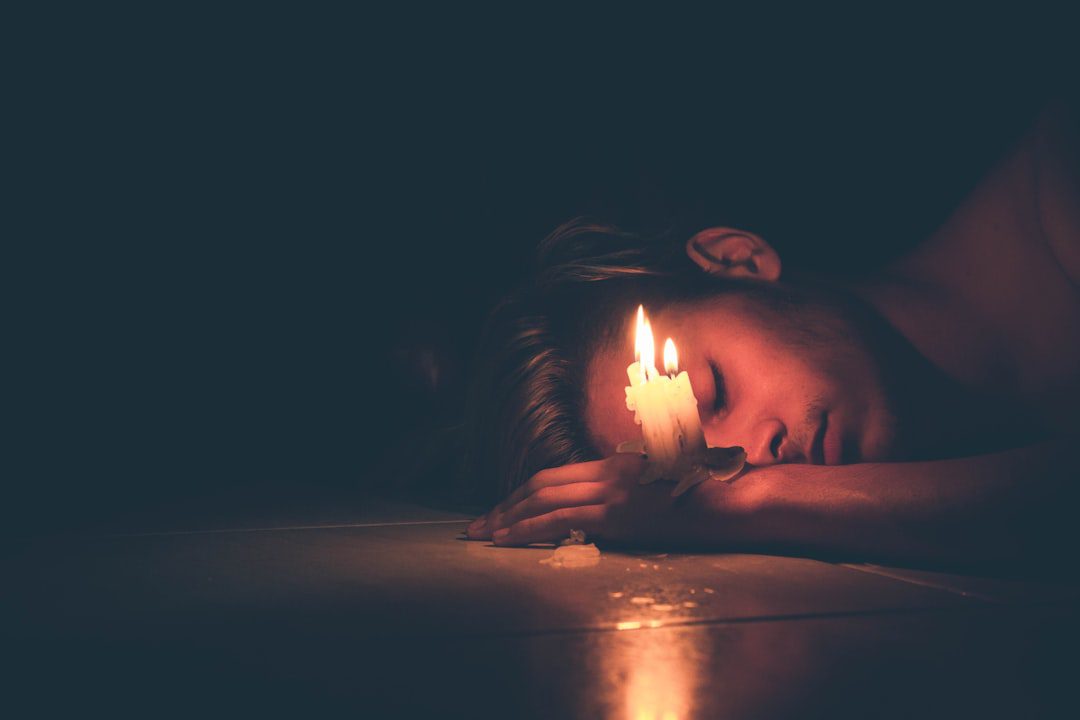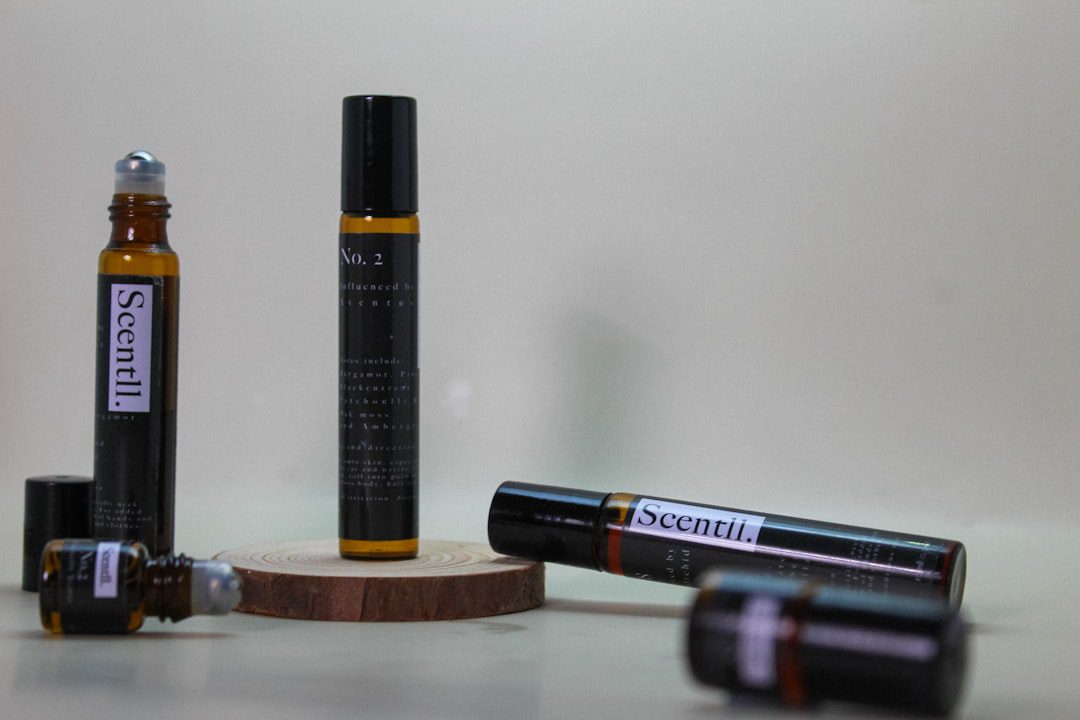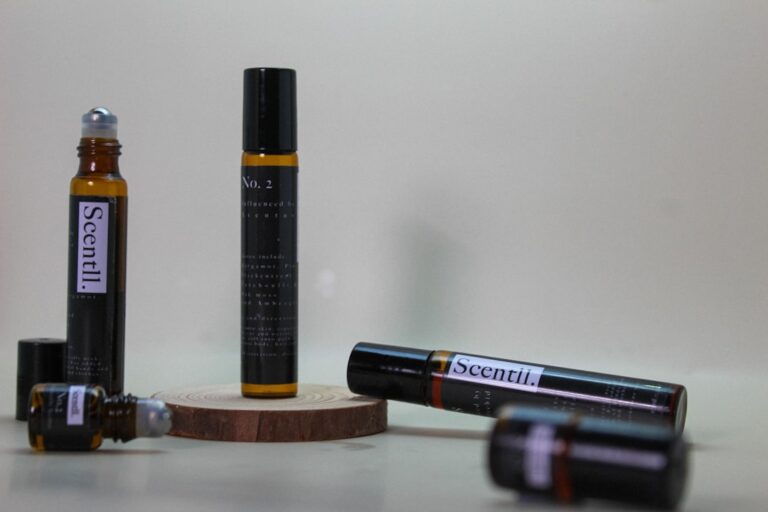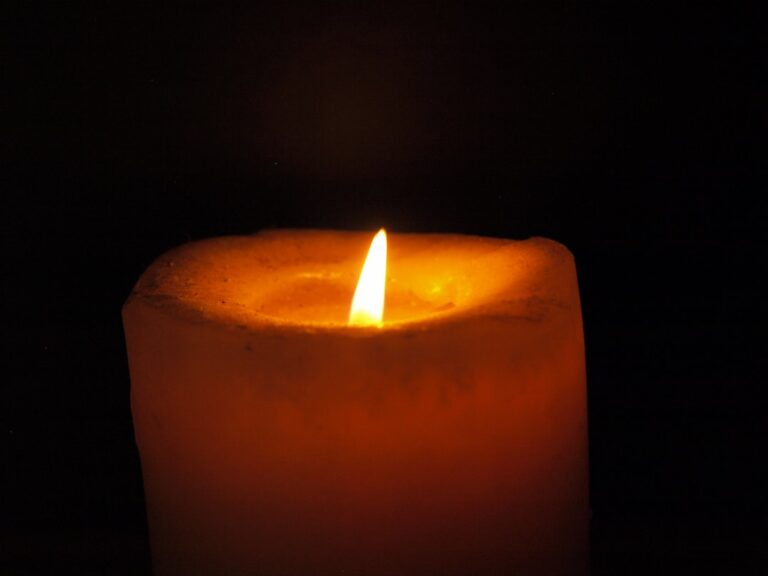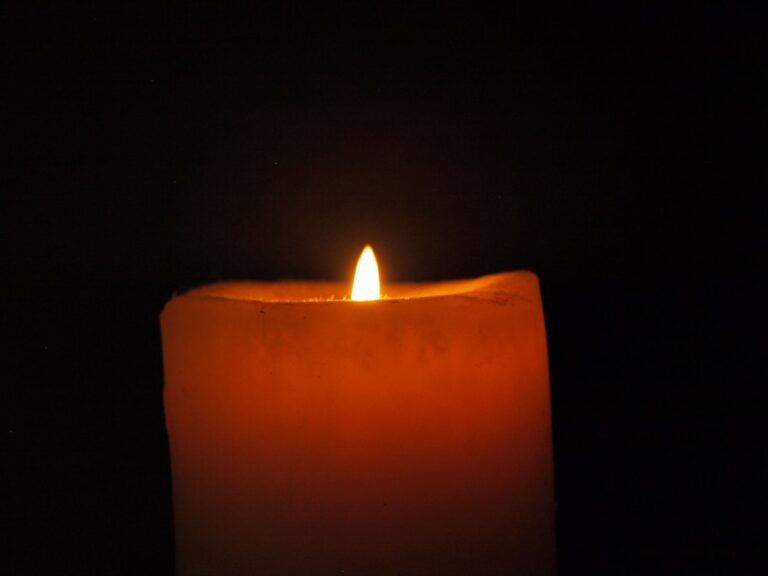How candle warmers can improve or change fragrance throw in candles.
Candle warmers have emerged as a popular alternative to traditional candle burning, offering a unique way to enjoy the soothing ambiance and delightful fragrances that candles provide. These devices are designed to melt the wax of scented candles without the use of an open flame, making them a safer option for homes, especially in environments with children or pets. The concept of candle warmers is rooted in the desire to create a cozy atmosphere while minimizing the risks associated with fire hazards.
As more people seek to enhance their living spaces with aromatic experiences, candle warmers have gained traction for their practicality and effectiveness. The appeal of candle warmers extends beyond safety; they also allow for a more controlled release of fragrance. Unlike traditional candles, which can burn unevenly and produce soot, candle warmers provide a consistent heat source that melts the wax evenly.
This not only prolongs the life of the candle but also ensures that the scent is evenly distributed throughout the room. As consumers become increasingly aware of the benefits of using candle warmers, they are finding that these devices can transform their home environment into a fragrant sanctuary.
How Candle Warmers Work
How Candle Warmers Work
Candle warmers operate on a simple principle: they use heat to melt the wax of a candle, releasing its fragrance into the air without combustion. Most candle warmers consist of a heating element, often made from ceramic or glass, that sits beneath the candle. When plugged in, the warmer generates heat that gradually melts the wax, allowing the essential oils and fragrance compounds to evaporate and fill the room with scent.
Benefits of Using Candle Warmers
This method of fragrance diffusion is not only effective but also eliminates the smoke and soot typically associated with burning candles. By using a candle warmer, users can enjoy their favorite scents without the drawbacks of traditional burning.
Types of Candle Warmers
There are two primary types of candle warmers: plate warmers and lamp warmers. Plate warmers feature a flat surface where a jar or votive candle can be placed directly on top. The heat from the plate melts the wax from below, creating an even distribution of fragrance. Lamp warmers, on the other hand, utilize a bulb that heats the wax from above. This method can be particularly effective for larger candles or those with thicker wax formulations, as it allows for a more intense fragrance throw.
Benefits of Using Candle Warmers
One of the most significant advantages of using candle warmers is safety. Traditional candles pose various risks, including fire hazards and accidental burns. Candle warmers eliminate these concerns by providing a flame-free alternative that still delivers the desired ambiance and scent.
This makes them particularly appealing for households with children or pets, where an open flame could lead to dangerous situations. Additionally, because there is no flame involved, users can leave their candle warmers unattended without fear of starting a fire. Another benefit is the longevity of candles when used with warmers.
When candles are burned, they tend to burn down quickly, often leading to wasted wax and fragrance. In contrast, candle warmers allow users to enjoy their favorite scents for extended periods without depleting the wax too rapidly. This not only saves money in the long run but also reduces waste, making it an environmentally friendly choice for fragrance enthusiasts.
Furthermore, many users find that candle warmers produce a more consistent and potent scent throw compared to traditional burning methods.
Increasing Fragrance Throw with Candle Warmers
To maximize the fragrance throw when using candle warmers, several strategies can be employed. First and foremost, selecting high-quality candles made from natural waxes such as soy or beeswax can significantly enhance scent diffusion. These types of waxes tend to hold fragrance oils better than paraffin wax, resulting in a more robust scent when melted.
Additionally, candles with higher concentrations of essential oils will typically produce a stronger aroma when warmed. Another effective method for increasing fragrance throw is to ensure that the warmer is appropriately sized for the candle being used. A warmer that is too small may not generate enough heat to melt the wax effectively, while one that is too large may lead to uneven melting.
It’s also important to consider the placement of the warmer within a room; positioning it in an area with good airflow can help disperse the fragrance more evenly throughout the space. For those looking to amplify their aromatic experience further, combining multiple candles with complementary scents can create a layered fragrance profile that fills the room with delightful aromas.
Different Types of Candle Warmers
Candle warmers come in various styles and designs, catering to different preferences and needs. The most common types include electric plate warmers and lamp-style warmers. Electric plate warmers are typically compact and easy to use; they feature a flat heating surface where jar candles can be placed directly on top.
These warmers are ideal for smaller spaces and are often available in various colors and designs to match home decor. Lamp-style warmers offer a more decorative option while providing effective scent diffusion. These devices usually feature a light bulb that heats the wax from above, creating an inviting glow while melting the candle beneath it.
Lamp warmers are often larger and can accommodate larger candles or multiple smaller ones at once. Additionally, there are also tea light candle warmers that use a small tea light candle as a heat source to melt larger candles placed above them. This type is particularly popular for those who prefer a more traditional aesthetic while still enjoying the benefits of warming.
Tips for Using Candle Warmers Effectively
To get the most out of your candle warmer experience, there are several tips to keep in mind. First, always read and follow the manufacturer’s instructions regarding usage and care. Different models may have specific guidelines that can enhance performance and safety.
Additionally, it’s advisable to keep the warmer clean; residue from melted wax can accumulate over time and affect both performance and scent quality. Regularly wiping down the warmer with a soft cloth will help maintain its efficiency. Another important tip is to monitor the melting process closely during initial use.
Some candles may melt faster than others, leading to potential overflow if not watched carefully. It’s wise to start with shorter melting sessions and gradually increase them as you become familiar with how your specific candles behave in conjunction with your warmer. Finally, consider experimenting with different scents and combinations; mixing complementary fragrances can lead to unique aromatic experiences that elevate your home environment.
Choosing the Right Candle Warmer for Your Needs
Selecting the right candle warmer involves considering several factors tailored to individual preferences and lifestyle needs. One key aspect is size; if you have limited space or plan to use it in smaller rooms, a compact plate warmer may be ideal. Conversely, if you enjoy larger candles or want to fill bigger spaces with fragrance, a lamp-style warmer could be more suitable due to its ability to accommodate larger wax volumes.
Another consideration is design aesthetics; candle warmers come in various styles ranging from modern minimalist designs to more ornate vintage looks. Choosing one that complements your home decor can enhance not only your aromatic experience but also your overall interior design scheme. Additionally, think about functionality—some warmers come equipped with features like adjustable temperature settings or timers, which can provide added convenience and control over your fragrance experience.
Enhancing Fragrance Throw with Candle Warmers
Candle warmers represent an innovative solution for those seeking to enjoy fragrant environments without compromising safety or efficiency. By understanding how these devices work and implementing effective strategies for their use, individuals can significantly enhance their aromatic experiences at home. With various types available on the market, there is a candle warmer suited for every preference and need, allowing users to create personalized atmospheres filled with delightful scents.
As consumers continue to explore ways to elevate their living spaces through fragrance, candle warmers stand out as versatile tools that combine functionality with aesthetic appeal. Whether you are looking for safety, longevity, or simply an enhanced scent throw, investing in a quality candle warmer can transform your home into a fragrant haven that invites relaxation and comfort.
If you’re looking to enhance the fragrance throw of your candles, you may want to consider using candle warmers. These devices can help release the scent of your candles more effectively, filling your space with a beautiful aroma. For more tips on making your own candles, check out this helpful article on how to make pillar candles. It provides step-by-step instructions on creating your own unique candles at home.
FAQs
What are candle warmers?
Candle warmers are devices designed to melt and release the fragrance of a candle without the need for an open flame. They typically consist of a heating element and a dish to place the candle on.
How do candle warmers improve fragrance throw in candles?
Candle warmers can improve fragrance throw in candles by evenly and consistently melting the wax, which allows the fragrance to be released more effectively. This can result in a stronger and longer-lasting scent compared to traditional burning.
What are the benefits of using candle warmers?
Using candle warmers can eliminate the risk of fire hazards associated with open flames, as well as reduce the amount of soot and smoke produced by burning candles. They also allow for the fragrance to be enjoyed without the need for constant monitoring.
Can candle warmers change the way a candle’s fragrance is perceived?
Yes, candle warmers can change the way a candle’s fragrance is perceived by providing a more consistent and potent scent throw. This can enhance the overall experience of the fragrance and create a more inviting atmosphere.
Are there different types of candle warmers available?
Yes, there are various types of candle warmers available, including plate warmers, lamp-style warmers, and electric warmers. Each type offers different features and designs to suit individual preferences.
